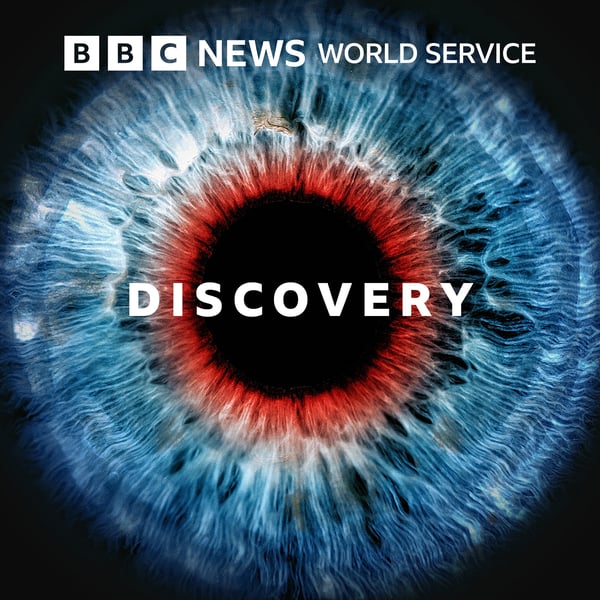Summary
What does it take to be remembered well? The discovery of the structure of DNA is often attributed to James Watson and Francis Crick. But a third man shared the stage with them for the 1962 Nobel Prize for medicine - Maurice Wilkins. He was a brilliant physicist who after work on the Manhattan Project was determined to move from "the science of death to the science of life". He made his mark in the fast progressing world of x-ray crystallography and in the late 1940s was the first to propose that biological material that passed on genetic information from one generation to the next might have an order and structure that scientists could elucidate and control. He was to play an integral role one of the most important discoveries of the 20th Century. But why did he fail to capture the public imagination?
Kevin Fong examines Maurice Wilkins achievements offering a new slant on the familiar story of the race to unravel DNA.
(Photo: Professor Maurice Wilkins. Credit: Keystone/Hulton Archve)
Transcript
Click on a timestamp to play from that location
| 0:00.0 | Thank you for downloading from the BBC. |
| 0:03.0 | The details of our complete range of podcasts and our terms of use, |
| 0:07.0 | go to BBCworldservice.com slash podcasts. |
| 0:11.0 | What does it take to be remembered well? You could help to win a World War perhaps. |
| 0:18.6 | Win a Nobel Prize for your part in one of the most important scientific discoveries of the 20th century or simply |
| 0:24.8 | care enough about your art to take a stand and speak truth to power. I'm Kevin Fong and in |
| 0:30.9 | this edition of Discovery here on the BBC World Service, we'll tell the story of |
| 0:35.7 | one man who managed to do all of these things without ever becoming a household name. |
| 0:43.2 | He started out his academic life as a brilliant physicist, making his mark in what was then |
| 0:50.9 | the new field of x-ray crystallography, which in turn earned him a place |
| 0:55.0 | on the Nobel stage in 1962 as the so-called third man in the quest to understand the |
| 1:00.6 | double helix structure of DNA. |
| 1:02.4 | Dr Francis Kirk. to understand the double helix structure of DNA. |
| 1:02.8 | Dr. Francis Crick, Dr. James Watson, |
| 1:06.4 | of the Morris Wilkins. |
| 1:09.1 | Your discovery of the molecular structure |
| 1:12.1 | of the deoxy ribonucleic acid the substance carrying the heredity. |
| 1:17.0 | He's of utmost importance for our understanding. |
| 1:21.0 | But unlike his fellow Nobel winners, Crecken Watson, and their now famous collaborator, Roslyn Franklin, |
| 1:26.0 | the figure of Morris Wilkins has remained largely hidden from the annals of history, |
| 1:31.0 | and I couldn't help but wonder how this could have happened. |
| 1:34.8 | Perhaps his brand of science simply failed to seize the public's imagination. |
... |
Please login to see the full transcript.
Disclaimer: The podcast and artwork embedded on this page are from BBC, and are the property of its owner and not affiliated with or endorsed by Tapesearch.
Generated transcripts are the property of BBC and are distributed freely under the Fair Use doctrine. Transcripts generated by Tapesearch are not guaranteed to be accurate.
Copyright © Tapesearch 2025.

